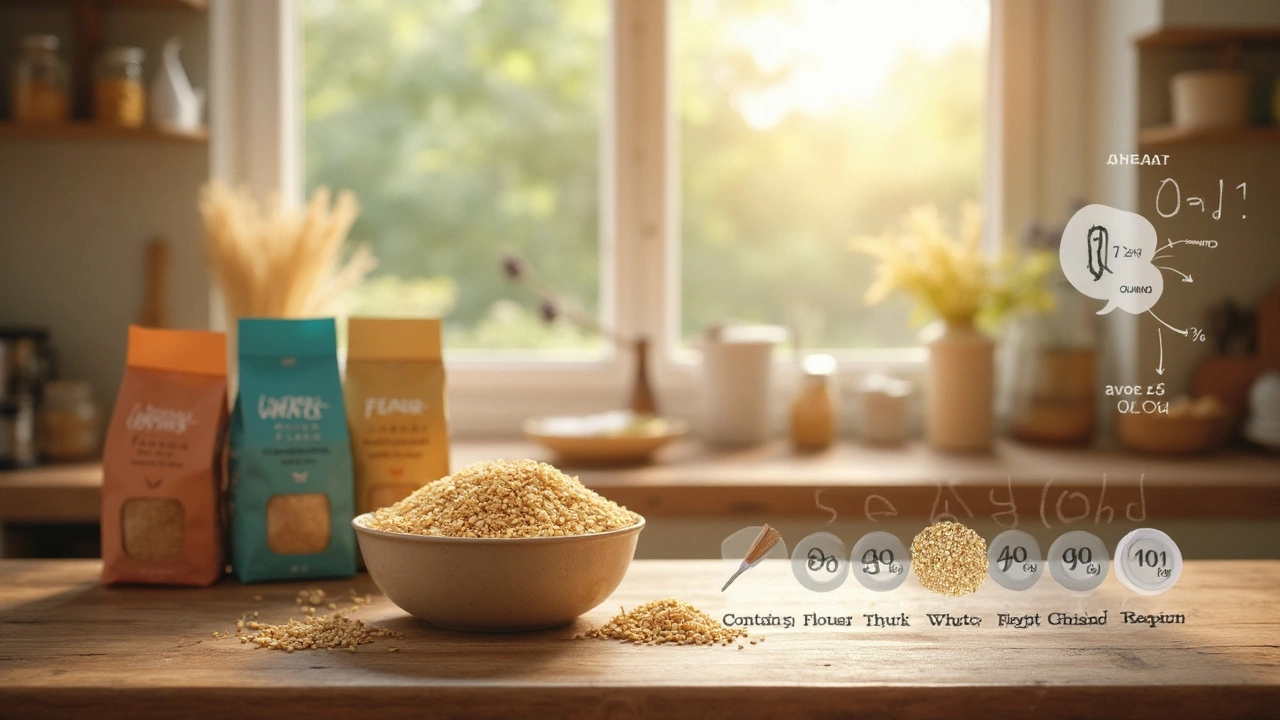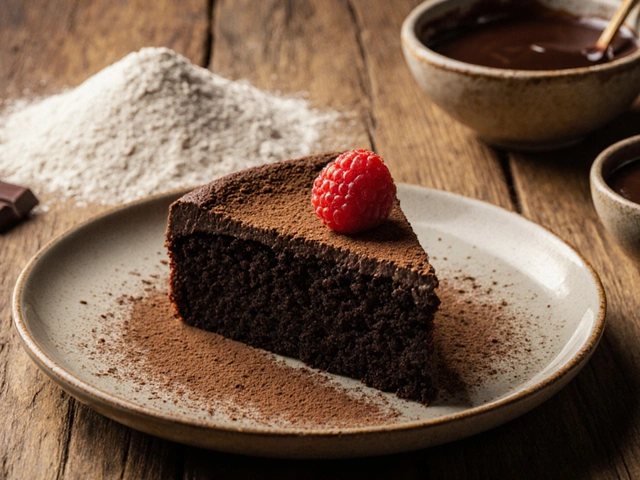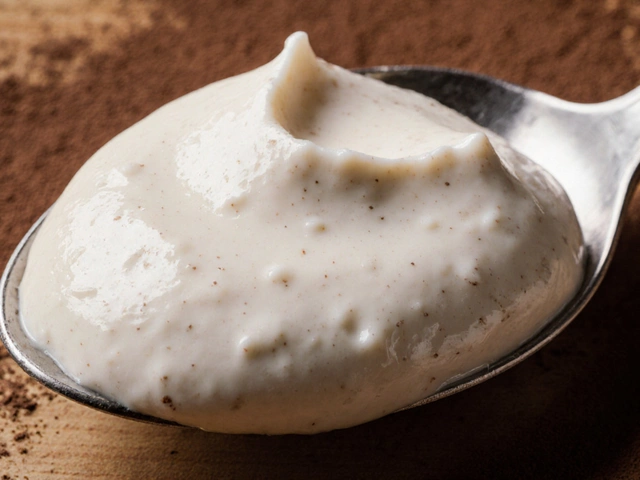Wheat Basics: How to Use Wheat Flour for Better Baking
Wheat is the backbone of most baked goods. Whether you’re a beginner or a seasoned baker, knowing the right kind of wheat flour and how to treat it can make a huge difference. In this guide we’ll break down the main wheat types, share storage hacks, and give quick tips you can start using today.
Choosing the Right Wheat Flour
All wheat flours come from the same grain, but the way they’re milled changes their protein content and how they behave in a recipe. All‑purpose flour sits in the middle with enough protein to give structure without making things too tough. Bread flour has higher protein and is best for chewy loaves and pizza crusts. Whole‑wheat flour keeps the bran and germ, adding fiber and a nutty taste, but it can make baked goods denser if you don’t adjust the liquid.
If you’re after a lighter crumb, try mixing half whole‑wheat with half all‑purpose. The blend keeps the health benefits while still giving a soft texture. For gluten‑free bakers, look for wheat‑based flour blends that include rice or oat flour to cut the gluten down.
Storing Wheat Flour for Freshness
Flour can go stale or develop off‑flavors if it’s not stored right. Keep it in an airtight container away from sunlight. If you buy in bulk, split the flour into smaller jars and freeze the extra. Freezing locks in flavor and prevents bugs.
Before using frozen flour, let it sit at room temperature for a few hours. This prevents clumping and ensures the dough hydrates evenly. Also, give the flour a quick sniff – fresh wheat should smell slightly sweet, not musty.
Now that you know which flour to pick and how to keep it fresh, here are three quick tricks to improve any wheat‑based recipe:
- Rest the dough. Letting the dough sit for 15‑30 minutes after mixing lets the flour absorb water fully, leading to a softer crumb.
- Use cold butter. When making pastries, cold butter pieces create flaky layers because they melt slowly in the oven.
- Add a pinch of salt. Salt strengthens gluten and balances sweetness, especially in breads and cookies.
These simple steps work for everything from brownies to macaron shells. Speaking of brownies, the right flour can decide whether they turn out fudgy or cakey. If you prefer a fudgy texture, stick with all‑purpose or even a bit of cake flour. For a more cake‑like crumb, bump up the bread flour.
Wheat isn’t just about structure; it also carries flavors. Toasting whole‑wheat flour in a dry pan for a few minutes releases a deeper, nutty aroma that can elevate simple recipes like cookies or pancakes.
Finally, don’t forget to experiment. Swap a small portion of your regular flour for spelt or einkorn to add subtle taste variations. These ancient grains are still wheat‑based, but they bring a new dimension to familiar treats.
With the right flour, smart storage, and a few pro tips, you’ll notice a big upgrade in texture, flavor, and overall bake quality. So grab your favorite wheat flour, follow these basics, and start creating better baked goods today.





